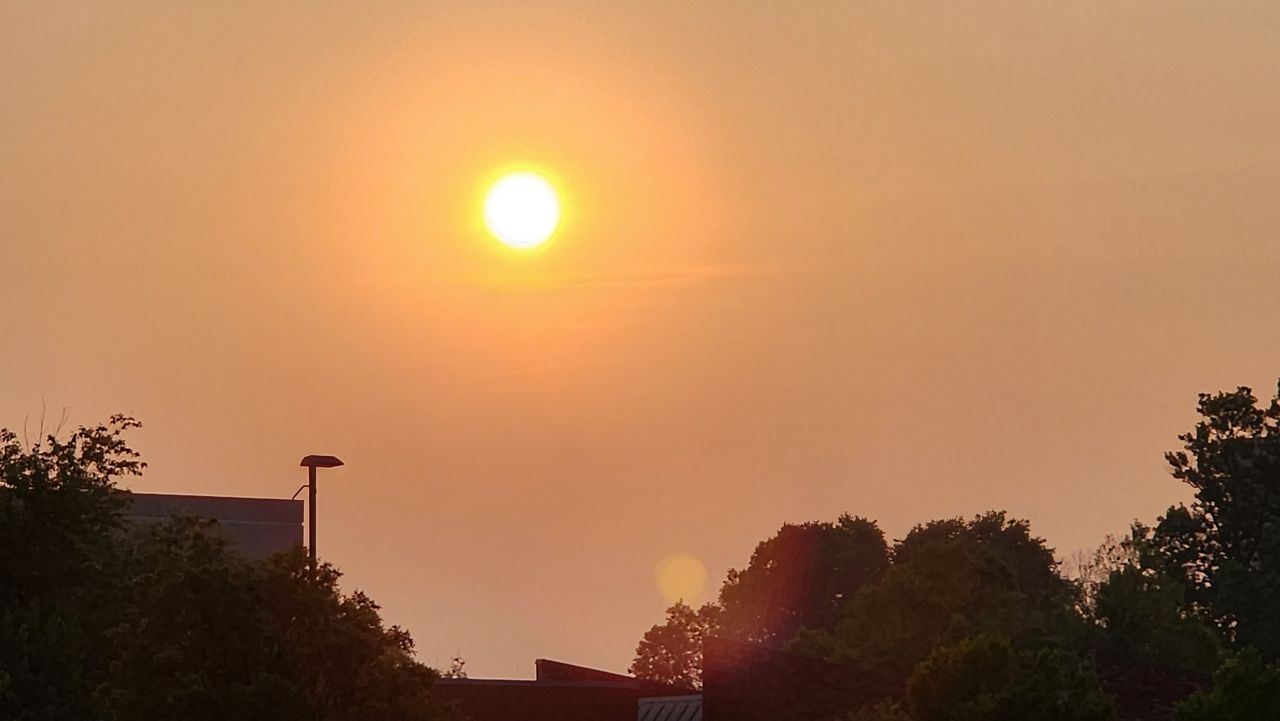Another week of triple-digit temperatures is here.
The good news? There is some relief in sight. But we'll have to wait another six to eight days to feel it. It does, however, give us all a reason to be hopeful for slightly cooler temperatures along with some low rain chances by the Fourth of July.
A good portion of Texas remains under a Heat Advisory or an Excessive Heat Warning through Monday evening. There is a good chance that these will be extended into Tuesday and Wednesday.
Heat index values up to and over 110 degrees are possible, something we've grown accustomed to over the past few weeks. Nonetheless, practicing heat safety will be key to getting through this.
An unusually strong “heat dome” of atmospheric high pressure anchored over the state will stick around at least through the end of the week.
What's different this week, compared to last week, is that the high pressure cell will be directly overhead (evidence by the cloudless skies). Basically, we'll see hotter temperatures, but lower dew points, which means it will feel slightly less humid. So it won't feel as oppressive as last week did.
However, it's still going to be miserably hot. After all, it is summer in Texas!
Well, I'm glad you asked. I'm growing more comfortable with the idea that the ridge will break down by the coming weekend and move east. There's a lot of support amongst the models for this to occur.
That said, we should see temps "only" in the upper 90s by the weekend, with a "slight" chance of rain reappearing in the extended forecast. Regardless of the slight cool down, heat index values will still be well over 100 degrees.
For those of you making plans for the Fourth of July, I'd plan for temperatures in the upper 90s, partly cloudy skies, and heat index values near 105 degrees. As of now, a 20% to 30% chance of rain looks reasonable.
We urge caution this week. There will be an elevated risk of heat-related illnesses to occur in those who spend long periods of time outdoors and do not stay hydrated.

To stay safe, remember to drink plenty of water and beverages with electrolytes. Also, wear lightweight, loose-fitting and light-colored clothing, and avoid staying in the sun during the peak heating hours of the day.
If you need to be outdoors, apply sunscreen, SPF 30 or higher, every two hours.
Our team of meteorologists dives deep into the science of weather and breaks down timely weather data and information. To view more weather and climate stories, check out our weather blogs section.



